CSUN 2019
For over 30 years, California State University, Northridge (CSUN) has provided an extensive conference showing off the latest and greatest accessibility tech on the market. The conference’s reputation for bringing in innovators and leaders in the area of accessibility is widely known, reaching a global scale. With this year’s conference taking place in Anaheim, California, the Vision of Children team took the opportunity to see the devices that we have only been able to read about.
The 3-day conference was held in the Marriott Conference Center located down the road from Disney World (sadly, no impromptu Disney trip was made), and brought together researchers, tech companies, and curious attendees, all very eager to take in as much information as possible. A line directly from the CSUN Accessibility Conference web page summarizes the purpose and magnitude of this event perfectly; “known as a forum that showcases cutting edge technology and practical solutions that can be utilized to remove the barriers that prevent the full participation of persons with disabilities in educational, workplace and social settings, the conference is the largest of its kind in the world.”
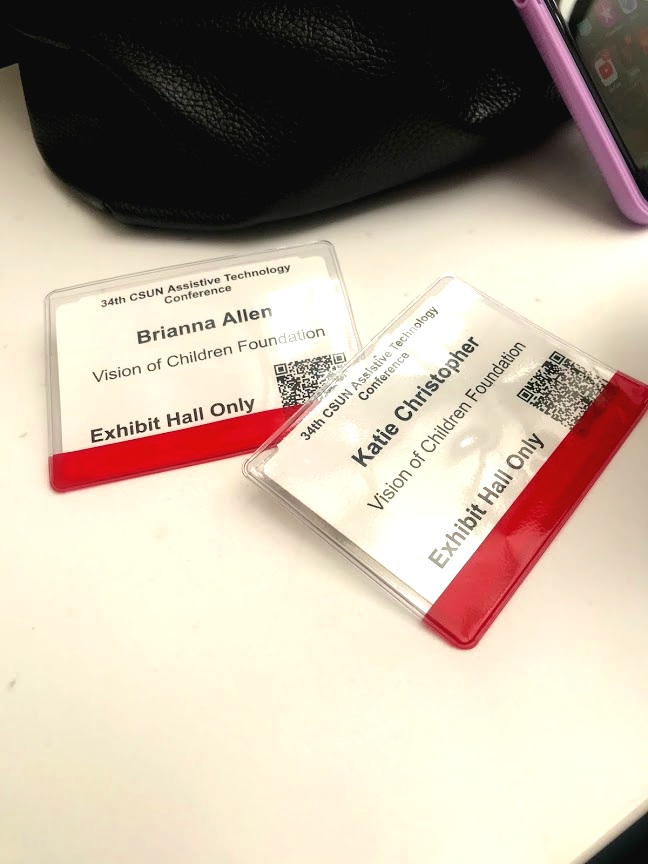
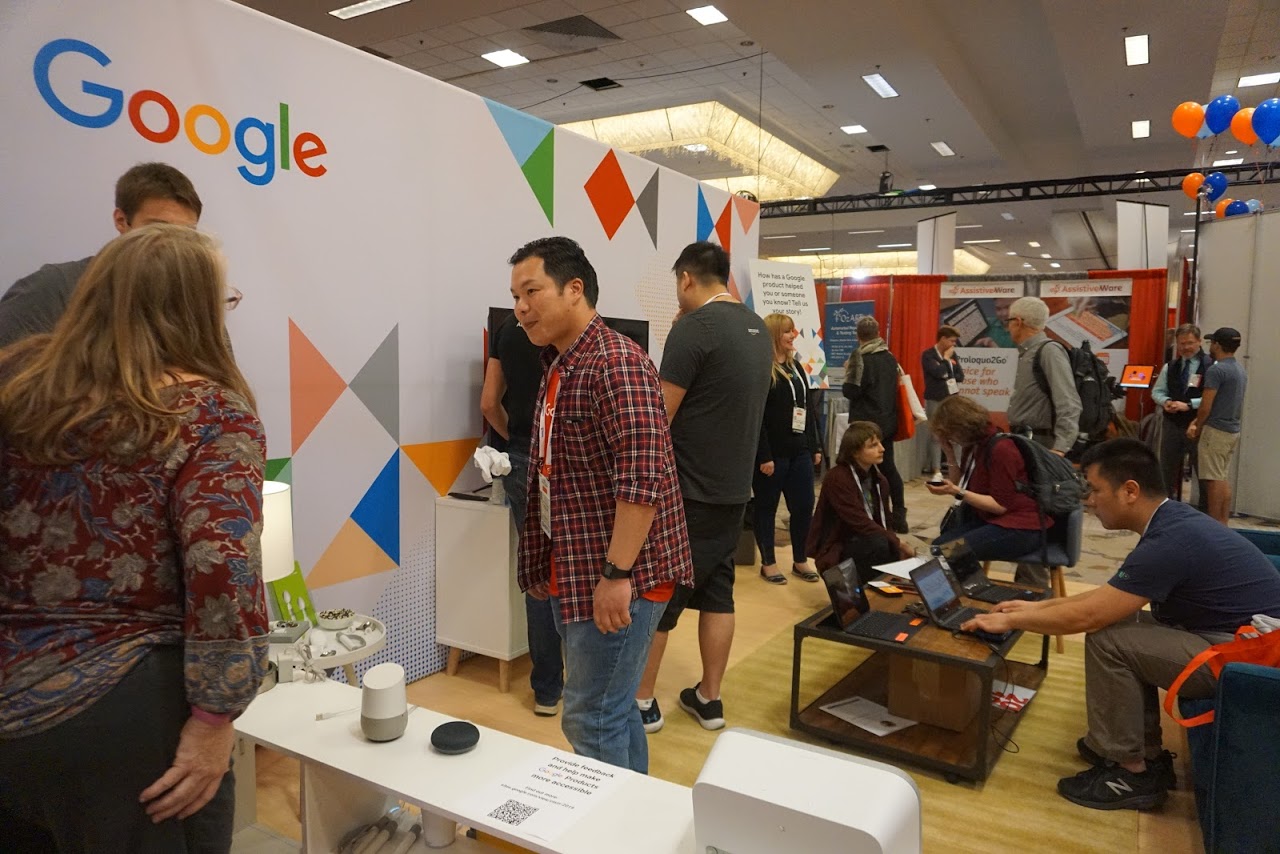
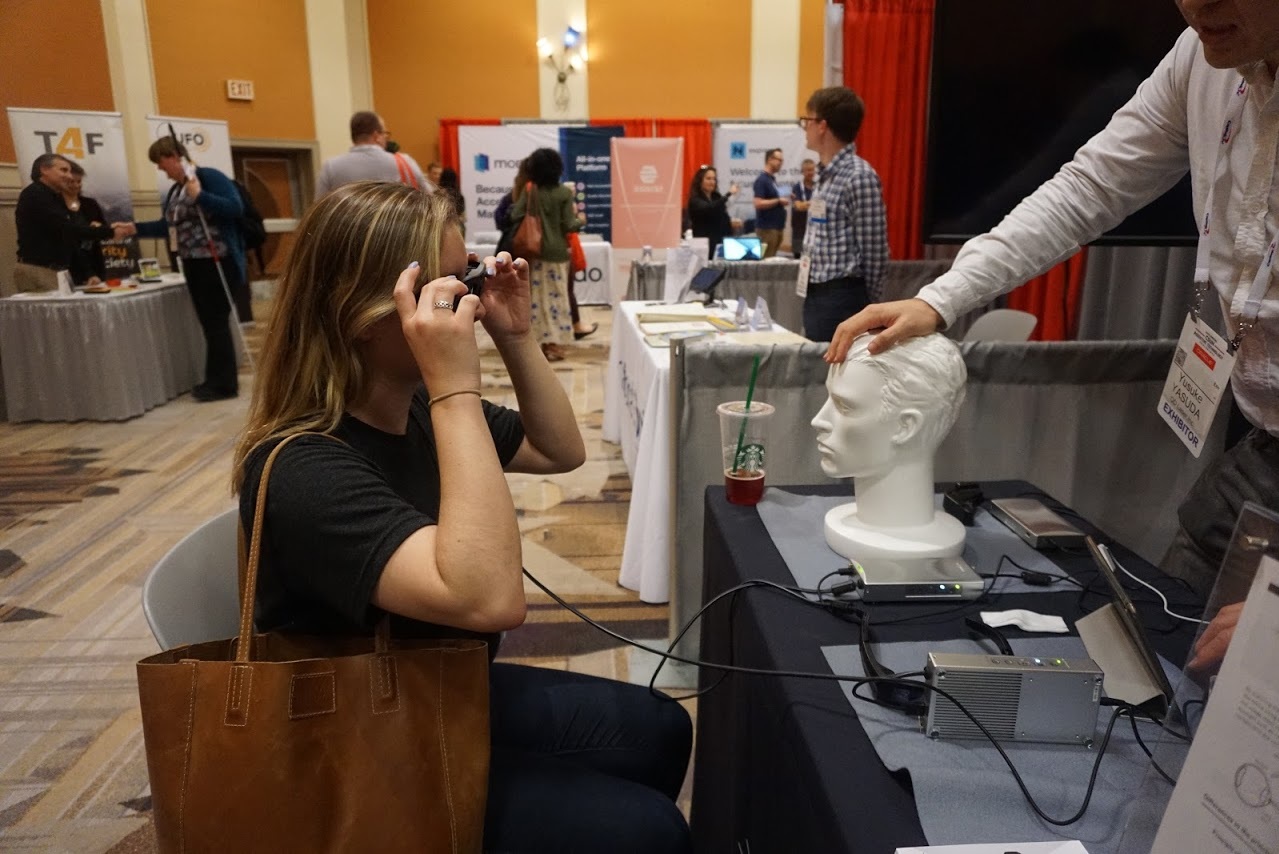
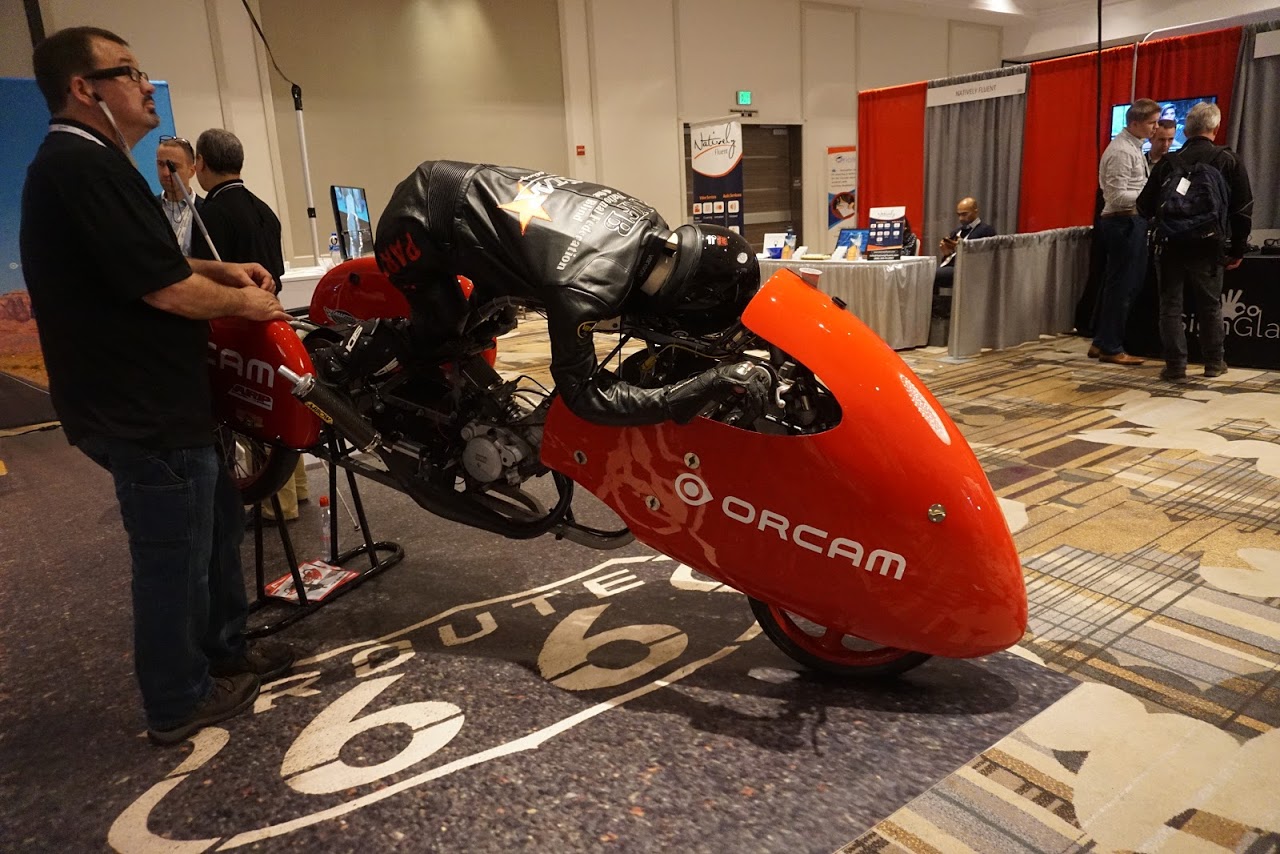
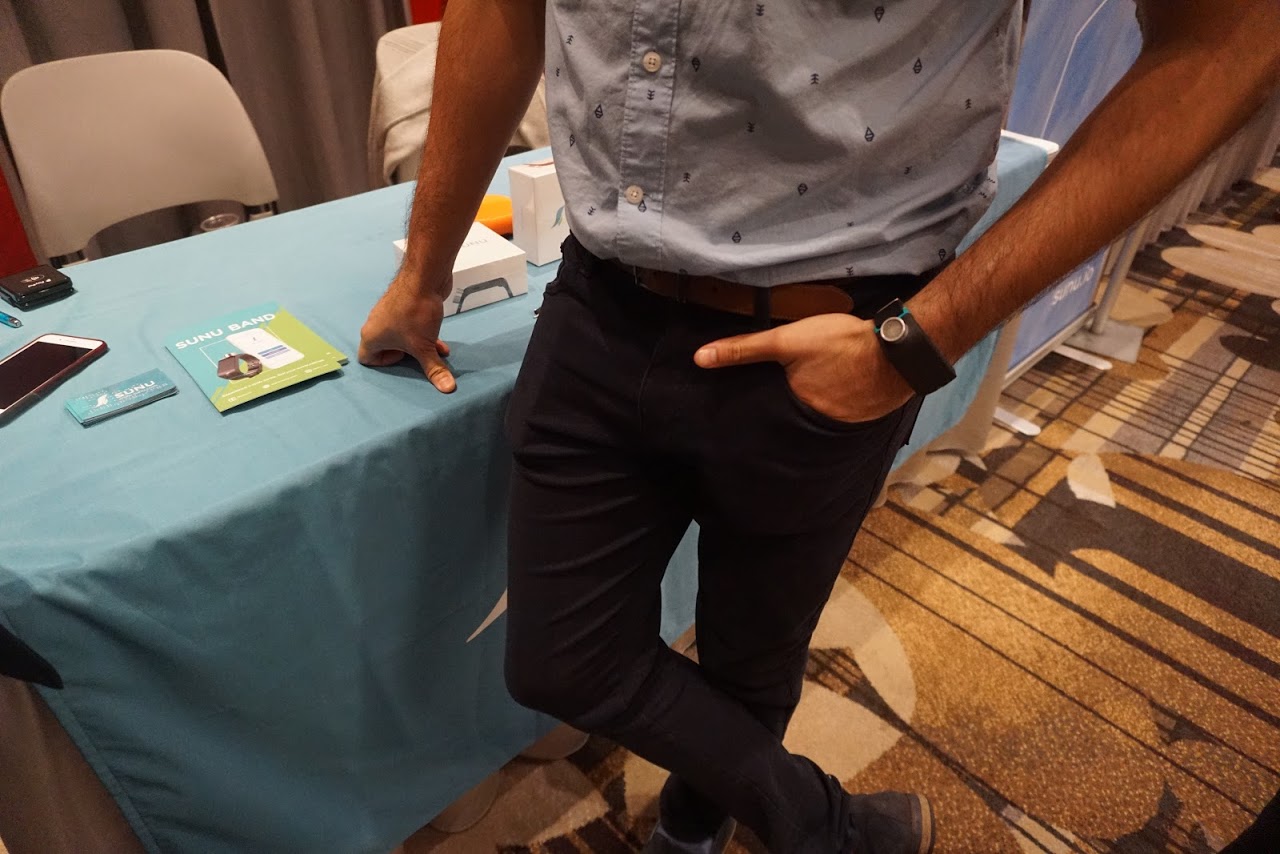
Comparable to the 2018 Conference held in San Diego, this 2019 event felt larger in scale and attendance. When entering the Marriott lobby, the energy of the room was palpable. Initially, the crowd was overwhelming as attendees were really able to comprehend how large and connected the assistive technology community is. After checking in, the VOC team made their way into the exhibit hall to see some familiar faces and to meet many new ones.
After walking the entire floor, the team decided to stop at the individual booths they found the most interesting, or that had devices they had seen online; one of the team’s most unique experiences was getting to try on and directly learn about these revolutionary devices, knowing some of the companies hadn’t officially launched the device in the United States. The team was truly witnessing cutting edge technology launching for the first time. The devices ranged from hand-held magnifiers to artificial intelligence (AI) in wearables. Of course, Google, Amazon, and Microsoft have joined the vital conversation surrounding accessibility with a few of their own ground-breaking devices (not all on the market just yet). The sound of “Hey, Alexa!” and “OK, Google!” could practically be heard from outside as people reveled at the capabilities of these in-home devices. Another great device tested was Aira. VOC has shared about them in the past, and for a very good reason. Watching people’s faces light up as they navigated the exhibit hall using Aira for the first time was an unforgettable scene. Through a phone, the user is provided live guidance in day-to-day tasks delivered by a person on the other end. Although there were too many devices to count, all striving to be the solution to someone’s pivotal need, the VOC team did spot a few interesting one: SUNU, Dot Watch, and for the AI lovers out there, Orcam.
The brain power concentrated on accessibility in one central location was nothing short of inspiring. Seeing people come together to help recognize and meet accessibility needs left the VOC team emotional, and, most importantly, hopeful. It was nearly impossible to leave the conference without hope for the future of technology being developed for increased independence across all walks of life. This conference experience was special to the VOC team, and they are eager to play their own role in creating a more accessible world.

